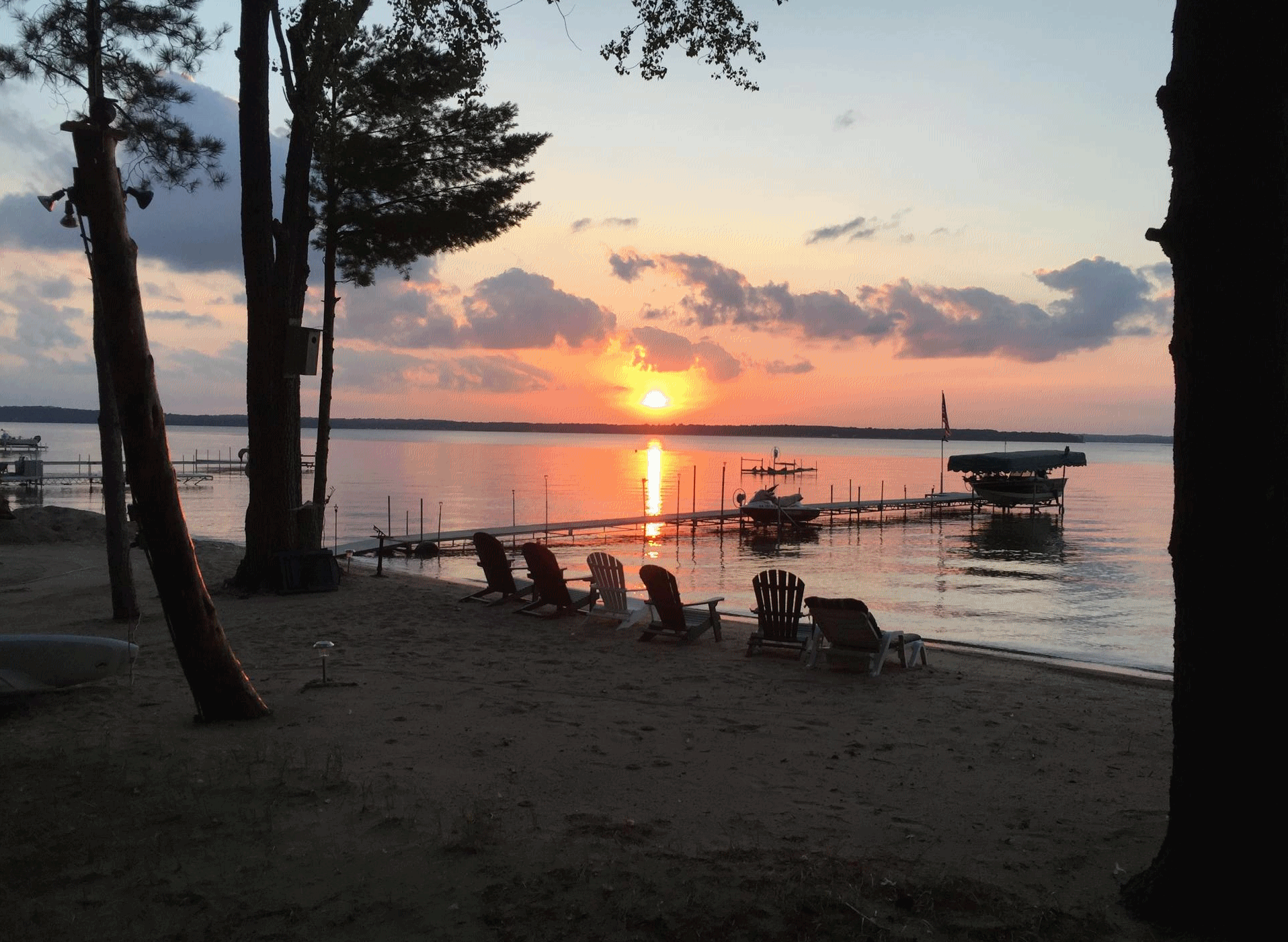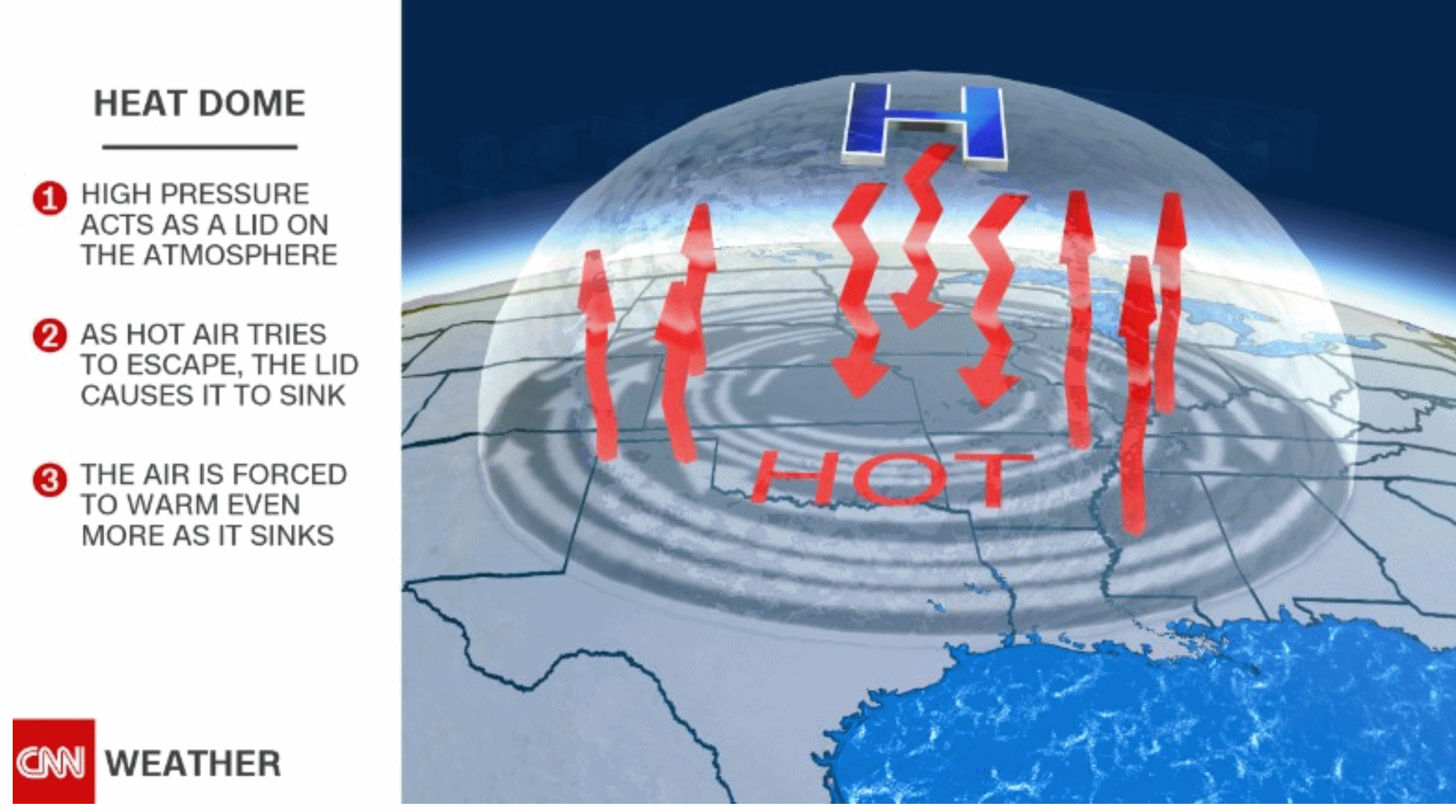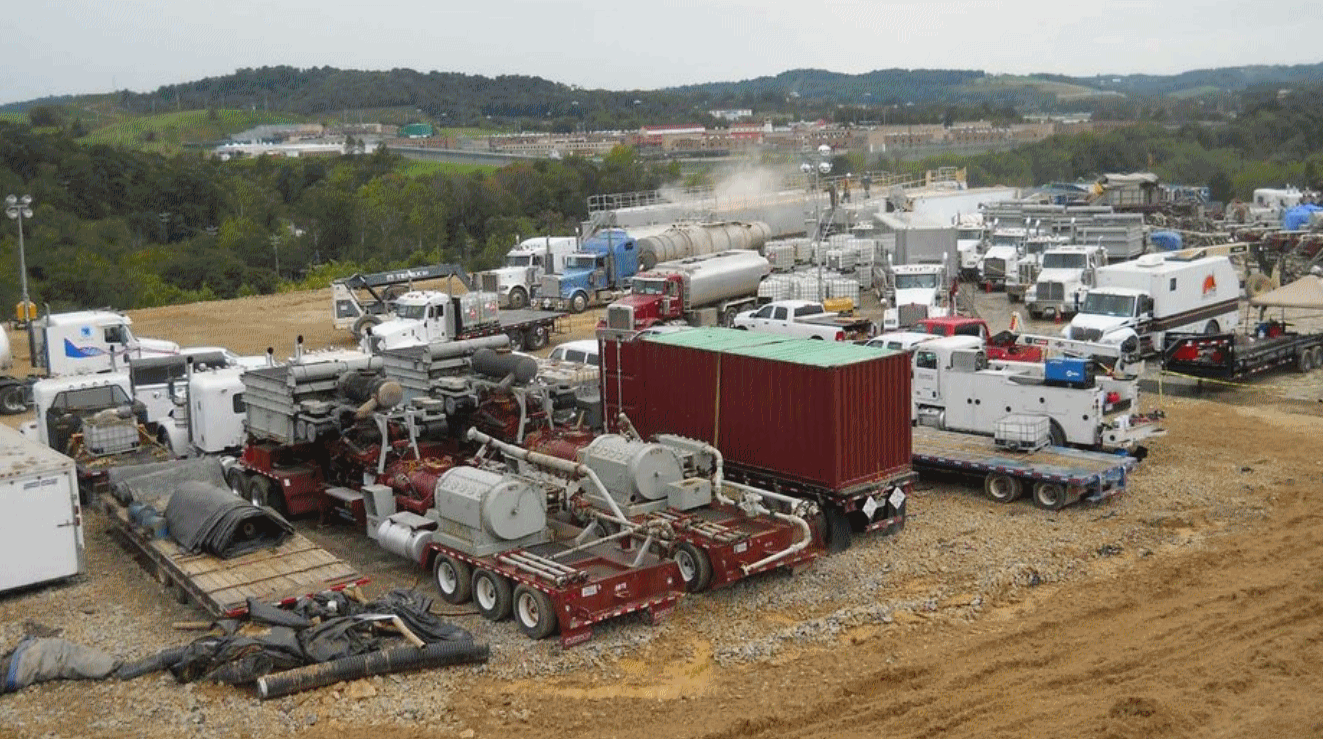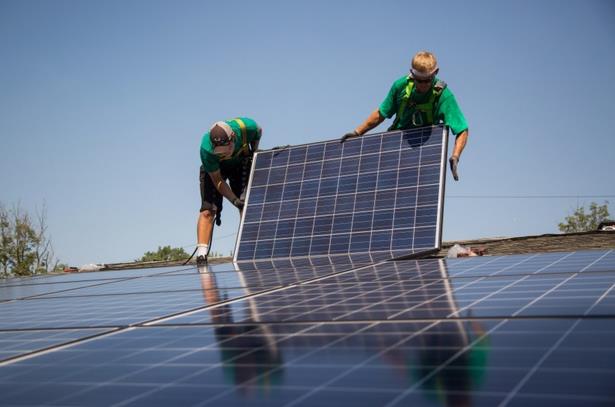93 F. high in the Twin Cities Wednesday.
84 F. average high on July 20.
81 F. high on July 20, 2015.
July 21, 2002:
Dew points reach 84 degrees at Madison, Morris, and Olivia. This ties
the all time highest dew point reading in Minnesota, as recorded by the
State Climatology Office.
July 21, 1934: Extreme heat hits western Minnesota, and the temperature topped out at 113 at Milan.
 Heat Index Reaches Extreme Danger Zone Today
Heat Index Reaches Extreme Danger Zone TodayAt
the risk of plagiarizing Guns N' Roses "Welcome to the Jungle!" Think
of it as a free sauna, without the towels and cucumber-infused water
samples.
It could be worse. It won't be as horrific as July 31,
2015, when the Iranian city of Bandar Mahshahr saw a temperature of 115F
with a dew point of 90F, resulting in an astonishing
heat index of 165F.
On July 19, 2011 the dew point at the airport in Moorhead reached 88F, a
new state record.
Dew points may brush 80F today, making 96F feel like 110-115F.
Excessive Heat Warnings imply a very real threat of heat ailments.
Here's what we know: today will probably be the hottest day of 2016; the most uncomfortably hot weather
in 4 years.
Friday may be the last day of 90s; T-storms
Saturday may be strong to severe as cooler air approaches.
Sunday
looks like the drier, more comfortable day with a welcome dip in dew
point. 80s return next week - still sticky, but not as oppressive as
today will be.
Slow down, take frequent breaks, try and stay
hydrated - and check in on older friends & family to make sure
they're keeping their cool.
Extreme Heat Index Expected Today.
The combination of upper 90s (maybe 100F) coupled with a dew point near
80F may create a heat index as high as 115F by late afternoon. I don't
care how well hydrated or healthy you are - at 115F stuff starts to
break down. Take it VERY easy out there later today, especially late
afternoon into the evening hours. Source: WeatherBell.
First 100-Degree High in 4 Years?
You have to go back to July, 2012 for 100-degree air temperatures in
the Twin Cities. NOAA's high-resolution 4 km NAM model is predicting
100F by 3 pm, NDFD data peaks at 99F. It'll be close. Model ensemble:
NOAA and Aeris Enterprise.
Heat Index: Off The Scale.
118F seems a bit extreme (although not entirely out of the question).
I'm leaning more toward peak heat indices in the 110 to 115F range,
which means an exceptionally high risk of heat exhaustion and even heat
stroke, which can be fatal if not caught early and treated effectively.
Why Today Feels Horrific.
NOAA NAM guidance predicts 7 pm temperatures near 93F with a dew point
of 82. Friday may be nearly as hot, in spite of a light wind shift to
the northeast, but dew points drop into the mid 70s, making a few
notches less oppressive.
First Half of 2016 Blows Away Temperature Records. Andrea Thompson reports at
Climate Central: "
The
monthly numbers from NASA and the National Oceanic and Atmospheric
Administration puts the planet on track to surpass 2015 as the hottest
on record. “2016 has really blown that out of the water,” Gavin Schmidt,
the director of NASA's Goddard Institute for Space Studies, said. While
2016 has gotten a boost from an exceptionally strong El Niño, the record temps are mostly the result of the excess heat that has built up in Earth’s atmosphere due to accumulating greenhouse gases. That heat is raising global sea levels, disrupting ecosystems and leading to more extreme weather events. Every month this year has been record warm globally..."
Graphic credit: "
The running average of global temperatures during 2016."
* More perspective on the record-setting first half of 2016 from Ars Technica and ThinkProgress.
Hottest June on Record, Worldwide. Continuing the trend. Here's an excerpt from
HotWhopper: "
According to GISS NASA,
the average global surface temperature anomaly for June was 0.79 °C,
which just pipped June 2015 (0.78 C) and June 1998 (0.77 °C). Last month
is only the second time in nine months that the GISTemp monthly anomaly
is less than one degree Celsius above the average from 1951-1980. It
probably won't be the last, now that El Nino is over. The average for
the six months to the end of June is 1.09 °C, which is 0.28 °C higher
than any previous January to June period. The previous highest was last
year, which with the latest data had an anomaly of 0.81 °C...."
Graphic credit: "
Global mean surface temperature, progressive year to date to June 2016." Data source.
GISS NASA.
 Is "Sweating Corn" Making The Heat Wave Worse?
Is "Sweating Corn" Making The Heat Wave Worse? Probably, by at least a couple of degrees. Angela Fritz explains at
Capital Weather Gang: "...
Corn
sweat is an extremely simple way of referring to evapotranspiration,
the process by which moisture in plant leaves evaporates into the air.
Plants draw water out of the ground through their roots for
photosynthesis, and the water in the plant cells is exposed to the air
once it gets above the ground. It evaporates off the leaves just as
sweat evaporates off our skin — although it doesn’t take place to
keep the plant cool, like it does for us. So evapotranspiration is not
making things hotter. But it is making things more humid — which
can certainly be just as bad..."
Map credit: "
Corn acreage by county in 2015." (USDA).
Hailstorms Grow Less Predictable and More Expensive. I found a story at Risk & Insurance interesting; here's a clip: "...Between
2000 and 2013, U.S. insurers paid out almost $54 billion in claims from
hail losses, and 70 percent of the losses occurred in just the last six
years, said a report by Verisk Insurance Solutions. The average claim
severity was also 65 percent higher during that period, than from 2000
to 2007, the report said. Most losses were from broken windows and roof
damage. Added to that, hailstorms are increasingly harder to forecast
and are occurring in unlikely places, with reports of hail this year in
warmer climates such as South Florida..."
Florida Tops Nation in Deadly Combination of Heat and Humidity. No big surprise here, if you've ever been to Orlando in August. Here's an excerpt from The Miami Herald: "As
climate change warms the planet, you can bet Florida will feel the
heat. The sunshine state, according to a study released Wednesday by
Climate Central, tops the nation in the number of metro areas expected
to see a dangerous combination of heat and humidity, driving heat index
temperatures to 104 degrees. By 2050, all 13 cities on the list,
including Miami, Tampa, Naples and Vero Beach, will see 100-plus days a
year of the miserable mix that can cause a host of health problems and
even death — meaning more weather that feels like South Florida’s last
few sticky, searing weeks... (Image credit: NASA).
The Future of Big Oil? At Shell, It's Not Oil.
Bloomberg reports: "
At
Australia’s Curtis Island, you can see Big Oil morphing into Big Gas.
Just off the continent’s rugged northeastern coast lies a 667-acre
liquefied natural gas (LNG) terminal owned by Royal Dutch Shell, an
engineering feat of staggering complexity. Gas from more than 2,500
wells travels hundreds of miles by pipeline to the island, where it’s
chilled and pumped into 10-story-high tanks before being loaded onto
massive ships. “We’re more a gas company than an oil company,” says Ben
van Beurden, Shell’s chief executive officer. “If you have to place
bets, which we have to, I’d rather place them there...”
Conservative Approaches to Clean Energy: Innovative Solutions for the 21st Century. I'm looking forward to participating in this conference next Monday in Minneapolis, courtesy of
Citizens League.
Where is the common ground? Can we all agree we want more energy, at
less cost, with fewer unpleasant or unhealthy side effects? We want
choice, resilience and alternatives. We hope to see you there: "
You
don’t often hear the terms “clean energy” and “conservative” in the same
sentence, but that hides the fact that a new generation of conservative
policy thinkers have turned their attention to the economics of the
energy marketplace. Both nationally and here in Minnesota conservatives
have been putting some meat on the bones of their “all of the above”
strategy, coming up with innovative solutions to building a 21st century
energy marketplace.
On July 25th the Citizens League
will be joining with the Minnesota Conservative Energy Forum to host an
event featuring both national and state policy thinkers to explore the
growing movement of conservatives embracing both technological and
marketplace innovations in delivering energy to consumers. Join us for
what will prove to be a surprising and interesting conversation...." (Photo: Michael Nagle, Bloomberg).
Could Vertical Take-Off Electric Planes Replace Cars In Our Cities? From crowded streets to crowded skies? I guess that's progress. Here's an excerpt from
The Guardian: "
The
end of the jet age could be in sight. Innovative new electric aircraft
are starting to find their way off the drawing board and onto runways,
funded by startups, government agencies and the world’s biggest jet
makers. They promise flights that are cleaner, quieter and safer than
today’s jets, and with a fraction of their carbon footprint..."
Photo credit: "
The German-made Volocoptor can take off vertically, offering the potential for use away from airports." Photograph: Volocopter/Nikolay Kazakov.
America's Only Floating Post Office Delivers More Than Mail to Detroit's Ships. take THAT Amazon! Here's an excerpt of a fascinating tale at
Atlas Obscura: "...
It’s
a warm day on the river, and as the tugboat passes underneath the
traffic-filled Ambassador Bridge connecting Detroit to Canada before
it’s docked, it won’t be long before Buchanan is out moving with the
rhythm of the water again. But Buchanan is no ordinary riverboat
operator: He’s captain of the world’s only floating post office, one
that delivers mail to ships at sea. For over 140 years, this method has
not changed.."
Photo credit: "
Captain
Sam Buchanan prepares to take a mail parcel on board for a delivery to a
passing freighter as traffic backs up on the Ambassador Bridge that
connects Detroit to Windsor, Canada." (Photo: Liana Aghajanian).
 TODAY
TODAY: Excessive Heat Warning. Broiling sun. Feels like 110-115F Winds: SW 8-13. High: 96
THURSDAY NIGHT: Partly cloudy. Low: 75
FRIDAY: Hot sun, a bit less humid. Feels like 100F. Winds: E 5-10. High: 93
SATURDAY: Muggy with T-storms, some strong to severe. Winds: SE 10-20. Wake-up: 73. High: 88
SUNDAY: Partly sunny, cooler breeze kicks in. Winds: NW 10-20. Wake-up: 70. High: 83
MONDAY: Plenty of sun, breathing easier. Winds: NW 5-10. Wake-up: 68. high: 82
TUESDAY: Partly sunny, no drama yet. Winds: SW 3-8. Wake-up: 67. High: 84
WEDNESDAY: Sticky again, few T-storms around. Winds: SE 8-13. Wake-up: 68. High: 83
Climate Stories...
 Why This Summer Is So Hot, And Why The Future Will Be So Much Hotter
Why This Summer Is So Hot, And Why The Future Will Be So Much Hotter. Here's an excerpt from
TIME: "...
The coming warm spell is just a taste of future summers when heat waves will be stronger and more frequent. Recent research
has shown that average summer temperatures post-2050 will regularly top
today’s records, unless there are efforts to curb greenhouse gas
emissions. “Extremely hot summers always pose a challenge to society,”
said Flavio Lehner, a researcher at National Center for Atmospheric
Research, following the release of a study on summer heat. “Such summers
are a true test of our adaptability to rising temperatures...” (Image credit:
CNN.com).
Greenland Lost a Staggering 1 Trillion Tons of Ice In Just Four Years. Here's an excerpt of a story at
The Washington Post: "
It’s no news that Greenland is in serious trouble — but now, new research has helped quantify just how bad its problems are. A satellite study,
published last week in the journal Geophysical Research Letters,
suggests that the Greenland ice sheet lost a whopping 1 trillion tons of
ice between the years 2011 and 2014 alone. And a big portion of it came
from just five glaciers, about which scientists now have more cause to
worry than ever..."
Image credit: "Greenland ice loss has recently contributed to twice as much sea-level rise than in the preceding two decades." (Reuters).
Greenland Melt-Down. A link to the research referenced in the article above is
here.

Increased Asthma Attacks Tied To Exposure to Natural Gas Production. InsideClimate News has the story; here's the intro: "
Exposure
to more intense shale gas development correlates with a higher risk of
asthma attacks among asthma patients, according to a new study of
Pennsylvania's Marcellus Shale, one of the nation's largest and most
active fracking regions. The paper, published Monday in JAMA
Internal Medicine, a publication of the American Medical Association,
didn't examine the exact cause of the trend. But lead author Sara
Rasmussen, a Ph.D. candidate in environmental health sciences at Johns
Hopkins Bloomberg School of Public Health, said air pollution and stress
are both plausible explanations..."
Photo credit: "Natural gas operations in Pennsylvania's Marcellus Shale region were studied for ties to increased asthma attacks." Credit: Wikimedia.
All About The Bass. Ask trout fishermen in Montana if things are warming up. Here's an excerpt from
The Economist: "...
For
these fine fishing conditions—with the water running clear after months
of turbid flows from spring snowmelt, and the temperature at 65°F
(18.3°C)—have arrived too early, by some weeks. The water should be ten
degrees cooler, frowns Mr Vermillion, and data retrieved by his
smartphone from a nearby measuring station shows flows at less than half
their historical median level. All rivers vary from year to year. What
worries federal wildlife officials, state biologists and a growing
number of devoted anglers across the mountain West, is that, for the
past 15 years, some of America’s finest fishing rivers keep breaking
records for early snowmelts, too-warm water and low flows..."
Study Role of Climate Change in Extreme Threats to Water Quality. Here's a clip from new research highlighted at
Nature: "...
Because
the most severe water-quality impacts are exacerbated by weather,
climate plays a part. Runoff of nutrients from farmland spikes after
heavy rains; warm temperatures accelerate the growth of bacteria and
phytoplankton. As climate change alters weather patterns and
variability, conditions conducive to severe water impairment are likely
to become more frequent. Yet there has been scant study of how climate
will affect the occurrence of the extreme events that relate to water
quality rather than quantity. We do not know how to relate water-quality
extremes, their causes, their severity or their occurrence directly to
changes in climate. It is time to plug this knowledge gap..."
Photo credit: Greg Lovett/Palm Beach Post via ZUMA Wire. "An algal bloom in Stuart, Florida, in June led to a state of emergency."


No comments:
Post a Comment